- Navigating Instructional Materials Implementation: Exploration of Materials
- Navigating Instructional Materials Implementation: Innovation & Sustainability
- Navigating Instructional Materials Implementation: Program Installation
- Navigating Instructional Materials Implementation: Initial Implementation Part One
- Navigating Instructional Materials Implementation: Initial Implementation, Part Two
- Navigating Instructional Materials Implementation: Consistent Implementation
This blog is the final post in our “Navigating Instructional Materials Implementation” series, exploring the five implementation phases of high-quality instructional materials, also known as HQIM. In each phase, we explore the steps that each level in the K-12 system (district leaders, school leaders, and teachers) must take to maximize the full benefits of their HQIM.

In this blog, we will examine the critical steps that school and district leaders should consider as they move through the final stage of implementing instructional materials, allowing them to achieve their intended impact on students. During this stage, leaders continue to support teachers in making smart and deliberate adaptations to the HQIM to meet the needs of diverse learners and ensure student success in meeting grade-level expectations. At Rivet, we call this Innovation and Sustainability.
If district and school leaders are successful in this phase, teachers can:
- Take ownership of collaborative planning, feedback structures, and processes to provide all students with access to grade-level content.
- Leverage instructional materials and embedded supports with confidence and skill to help all students meet grade-level expectations.
- Share responsibility for onboarding new staff, and engage in a culture of improvement and collaborative leadership.
How can district leaders best support the innovation and sustainability phase?
District Leader Actions
| Expectation | Supportive Practices |
| As other district initiatives roll out, communicate the expectations that the instructional materials continue to be the central component of core instruction. Check out our FREE Professional Learning Partner Playbook. Continue to monitor student performance data (especially subgroups data) to ensure that all students are progressing toward mastery of grade-level content. | District leaders maintain high expectations for all. |
| District leaders shift ownership of professional learning and protocols to school leaders. | Leverage district-wide onboarding opportunities to provide initial training on instructional materials to new teachers and leaders. Ensure that school budgets and staffing models factor in personnel with deep expertise in the instructional materials to provide continued support to all teachers. Continue to identify and elevate success stories, especially those related to student achievement gains. |
School Leader Actions
| Expectation | What this looks like in practice |
| Ensure school schedules continue to provide adequate time for teacher collaboration, specifically around adjusting materials to meet the needs of all students. | School leaders have shifted ownership of learning communities to teachers to improve classroom practice |
| School leaders support teachers in deep reflection and ensure all feedback teachers receive supports the vision for implementation. | Continue to use walkthrough and evaluation protocols aligned to the instructional materials to provide teacher feedback. Facilitate ongoing coaching opportunities for teachers with instructional coaches on curriculum implementation. |
| School leaders share leadership of routines and processes for monitoring and supporting implementation with teacher leaders. | Leverage the Framework for Collaborative Leadership to shift leadership of implementing instructional materials to coaches or teacher leaders. Communicate the purpose and role of teacher leaders with the school community. Provide teacher leaders with adequate time and compensation to account for additional responsibilities. |
| School leaders provide sufficient growth opportunities for teachers to develop as instructional leaders and deepen their practice specific to implementing their instructional materials. | Communicate clear requirements for becoming a teacher leader (e.g., skills, knowledge, and experience) to the school community. Continue to provide professional learning and feedback to teachers interested in the teacher leader role. |
Summary
Just because the innovation and sustainability phase is last in the journey does not mean district and school leaders can take their feet off the gas. While a lot of work, fears, and determination have led up to this moment, this phase requires a healthy mix of ongoing trust and accountability to have staying power. For this phase to be successful, district and school leaders must:
- Share leadership of routines and processes for supporting implementation with teachers and teacher leaders.
- Continue monitoring implementation data to build off achievement gains and proactively address areas of implementation that are not meeting a high bar for quality.
Even with these helpful tips, implementing instructional materials is hard work. Here are additional ways to build your knowledge of the innovation and sustainability phase:
- Join our Professional Learning Power Hour on February 15 to learn more about this phase. Register for our free webinar today!
- Take our free professional learning diagnostic to identify areas in which your professional learning plan and system can be improved to best meet the needs of your teachers.
- Visit the Professional Learning Partner Guide to view our list of certified providers who can provide ongoing support to teachers and leaders to ensure the successful implementation of your curriculum.
- Various tools are available to support implementation in your district or school. For example, Instruction Partners has tools that you can use to monitor and plan for PLCs and teacher observation.
Stay tuned to our News & Events page for our upcoming blogs and PL Power Hours in 2024.





